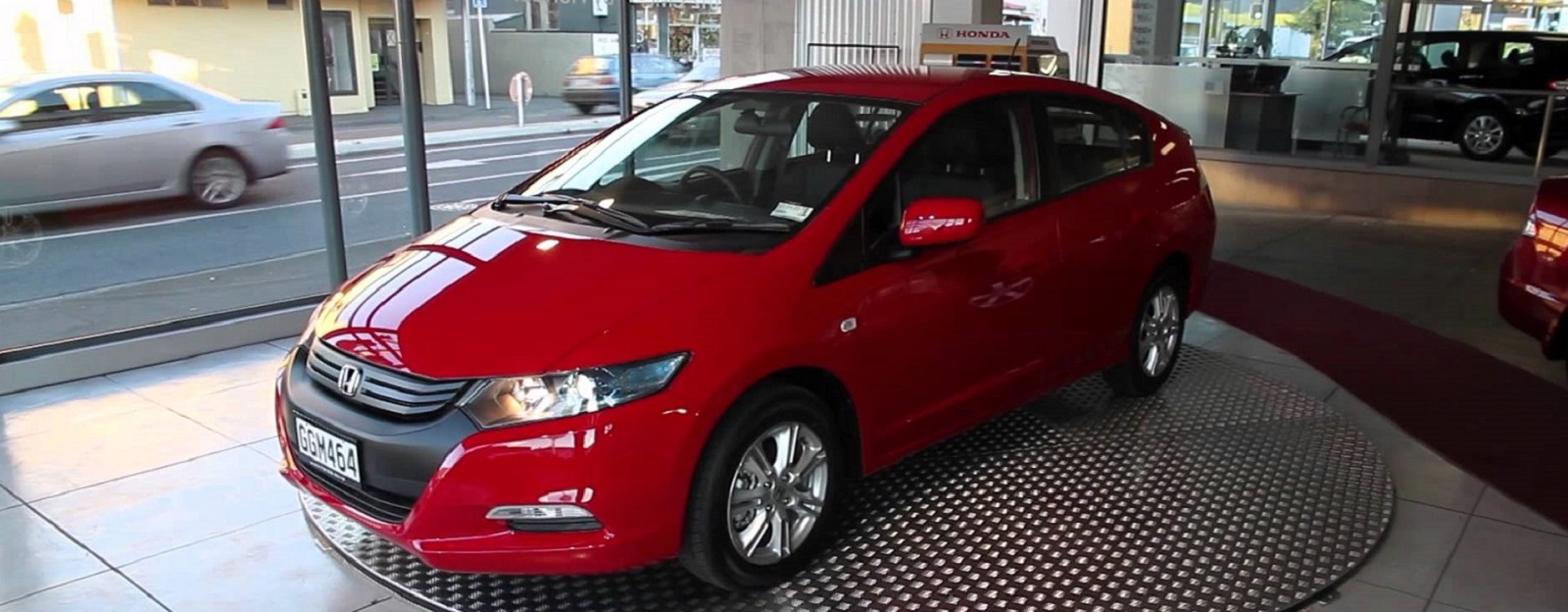HomeNews on emerging marketsArticle Detail

A Sneak Peak into Vietnam’s Car Industry and Action Plans of Major Leading Players
July 1st, 2016By - CEM Team
After many years of slow growth and stagnation, the last couple of years have seen a significant boom in car sales in Vietnam. The country most known for its staggering motorbike population now appears to be rapidly heading for the age of the automobile.
The car market in Vietnam has seen an exceptional start to 2016, with sales for the first quarter of the year up 38 per cent compared to the same period last year. And that is keeping in mind that 2015 was a record-breaking year, reaching 244,914 sold units according to the Vietnamese Automobile Manufacturers’ Association.
After some years of slower economic growth, the Vietnamese economy is looking stronger again, with an expected GDP growth rate of 6.7% in 2016, and Vietnam’s income per capita is reaching a stage where increasing car ownership is to be expected. This provides people with the confidence to make the significant investment a car represents for most Vietnamese.
There are also other factors that make cars a more tempting option, such as improvements in infrastructure, the worsening of both traffic and air pollution in cities (making the car a safe and healthy option) and, importantly, the increasing social normalisation of car ownership. Owning a car seems to now occupy a central position in the aspirations of the country’s rapidly growing middle class, resulting in a higher demand and for passenger vehicles and commercial vehicles seen by the country. Following the commitment of the ASEAN Free Trade Agreement, after 2018, the automobile import duty will be reduced to 0% for participating countries. The expected price reduction following this agreement provides an opportunity to the Vietnamese people for purchase of new models of automobiles.
Some of the world’s biggest car companies have been quick to take note of Vietnam’s growing automobile industry. Below is a quick snapshot of investment plans and recent activities of some of the major car leaders in Vietnam:
1. BMW estimates that their unit sales in Vietnam will rise 40% through 2017, from 1500 units sold in 2015.
2. Mercedes Benz Vietnam plans to invest $12.2 million in 2016 to set up 2 new assembly lines. This was following the company’s announcement that their sales had grown 50% from last year.
3. Rolls-Royce and Bentley recently opened their first dealership in Vietnam.
4. Mitsubishi Motors Corporation sees Vietnam as one of its key markets, and has reaffirmed its long term and sustainable commitment to continue brining high quality services and products to Vietnamese consumers, with plans to introduce new models for Vietnam in July 2016. Company has increased their ownership from 50% to 82% in HCMC – Vina Star Motors (VSM), the sole distributor of Japan’s Mitsubishi vehicles in Vietnam which has now been renamed to Mitsubishi Motors Vietnam (MMV).
5. Following the ASEAN free trade agreement, Toyota plans to compete on pricing with other brands. After achieving a localisation rate of 19%-37% for its 6 car models (Vios, Corolla, Camry, Innova, Fortuner & Hiace) in Vietnam, it is now targeting to produce and sell 46,000 cars each year with a localisation rate of 40-45% by 2018.
6. Owing to the favourable investment climate such as simplification and transparency of tax and customs procedures, strong economic growth, increasing consumer demands and infrastructure improvements, Ford Motor Company has committed to long-term investment and operations in Vietnam. In the last two years, the company invested an additional 10 million USD in the Vietnamese market to develop production capacity and increase the adaptability of the production line
The Vietnamese governement has targeted car manufacturing as a ‘spearhead industry’ — one of the areas set to lead the country’s quest for a more value-added industrialisation.
Source : News, Company Reports
Categories
Recent Article
India on the Route to Become a Zero Petroleum Import Country
By - CEM Team
With the Indian government aggressively rolling out plans and building infrastructure for increased power generation capacity using renewable sources,...Read more
Vehicle Scrapping Policy to Grow Indian Auto Industry Sales By 22%
By - CEM Team
Indian road transport ministry has been working on the implementation of the vehicle scrapping policy. Nitin Gadkari - Road, Transport and Highwa...Read more
Utilization Gap of Indonesia Geothermal Energy | Magnet to Global Investor Attention
By - CEM Team
Holding a significant 40 percent of the world's total geothermal reserves, Indonesia – the largest South East Asian economy currently utiliz...Read more
French Interest In Indian Market Bets Another Euro 8 Billion
By - CEM Team
With a continued investment interest from European countries towards Indian market, France holds its position high with an investment of Euro 8 bil...Read more
Indonesia’s Economy Is Impressive, And So Is Its Oil Industry
By - CEM Team
Indonesia’s strong economy is indicative of a healthy business ecosystem in the country. Indonesia is now the biggest economy in South East A...Read more



